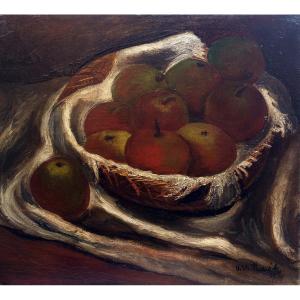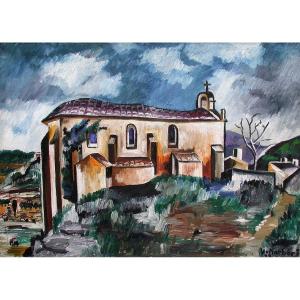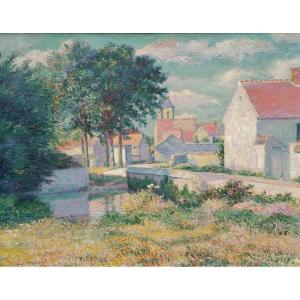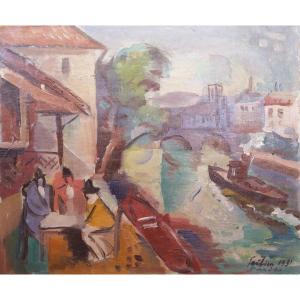José Palmeiro Martínez is a Spanish painter and lithographer from the School of Paris born in Madrid (Spain) on August 19, 1903, died in Bergerac (France) on March 15, 1984.
At 18, he worked in the workshops of the newspaper El Sol where his drawings were noticed and, for some, published. It is also said that it is a sea time. After a period of bohemian life in Barcelona, José Palmeiro arrived in Paris in 1925 where, settling in the Montparnasse district, he befriended Celso Lagar through whom he entered the group of Spanish painters of the École de Paris and will be closer in particular to Ginés Parra and Oscar Domínguez. After he was a permanent artist at the Galerie de l'Elysée, the years 1945-1946 - he was then installed at 45, rue Boissonnade in the 14th arrondissement of Paris - are for José Palmeiro those of the important exhibitions of Spanish artists of the School of Paris (notably at the Mánes artistic circle in Prague), 1947 when he began a ten-year stay in South America. The Bénézit dictionary and Gérald Schurr agree in seeing in 1948 the year of the rupture when he ceases to be the painter of "young Spanish girls in bloom" to orient himself, in a post-impressionist and post-cubist heritage , towards the landscape and still life. The review Connaissance des arts observed in June 1958 that after having evolved towards an abstract style during the years spent in Brazil, it was upon his return to France that "he again felt the need for figuration". With his friend Ginés Parra, José Palmeiro is one of the artists of Alba-la-Romaine, a village in the Ardèche brought out of oblivion by André Lhote.
































 Le Magazine de PROANTIC
Le Magazine de PROANTIC TRÉSORS Magazine
TRÉSORS Magazine Rivista Artiquariato
Rivista Artiquariato